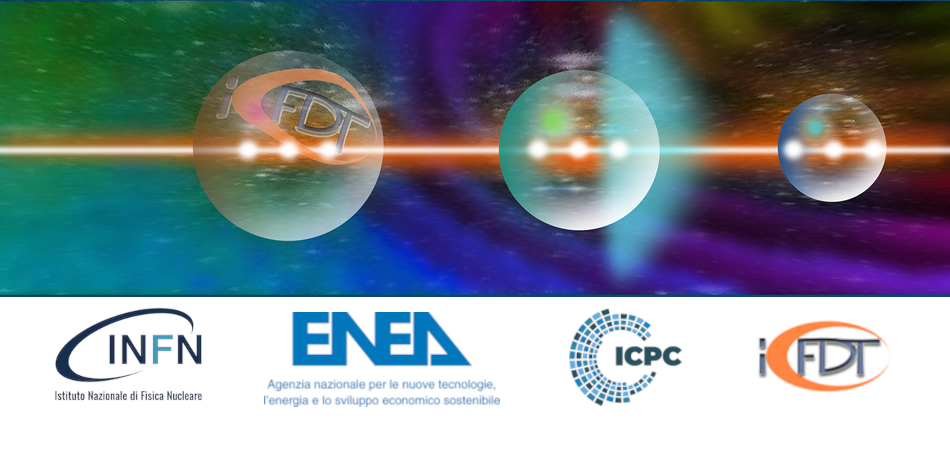Speaker
Description
At present the advent of ultrahigh precision measurements (<0.3% of relative uncertainty) in ^14^C relative abundances has drastically improved the quality of produced data. Such performance improvement projects its benefits (high sensitivity) over chronological data and/or sequences some-time highlighting the necessity to review usually applied assumptions for dating due to first order like approximations.
It is the case, for example, of the so called dead carbon dietary effect where the possible dietary input of sea grown organisms may lead to age overestimation implying sensitive biases (i.e. ageing) for analyzed sequences. This issue is usually tackled by measuring stable isotope ratios that usually preserve info on the sample life.
Ultrahigh precision measurements also affect chronological measurements indirectly, it is the case of the calibration dataset (calibration curve) which drastically improve its definition by take advantages from increased measurement precision and the development of single year calibration curves with respect to 5 year averaged curves.
This contribution aims to discuss the role of high precision measurements by discussing some practical applications at CIRCE lab and pros/cons of applied correction models.

